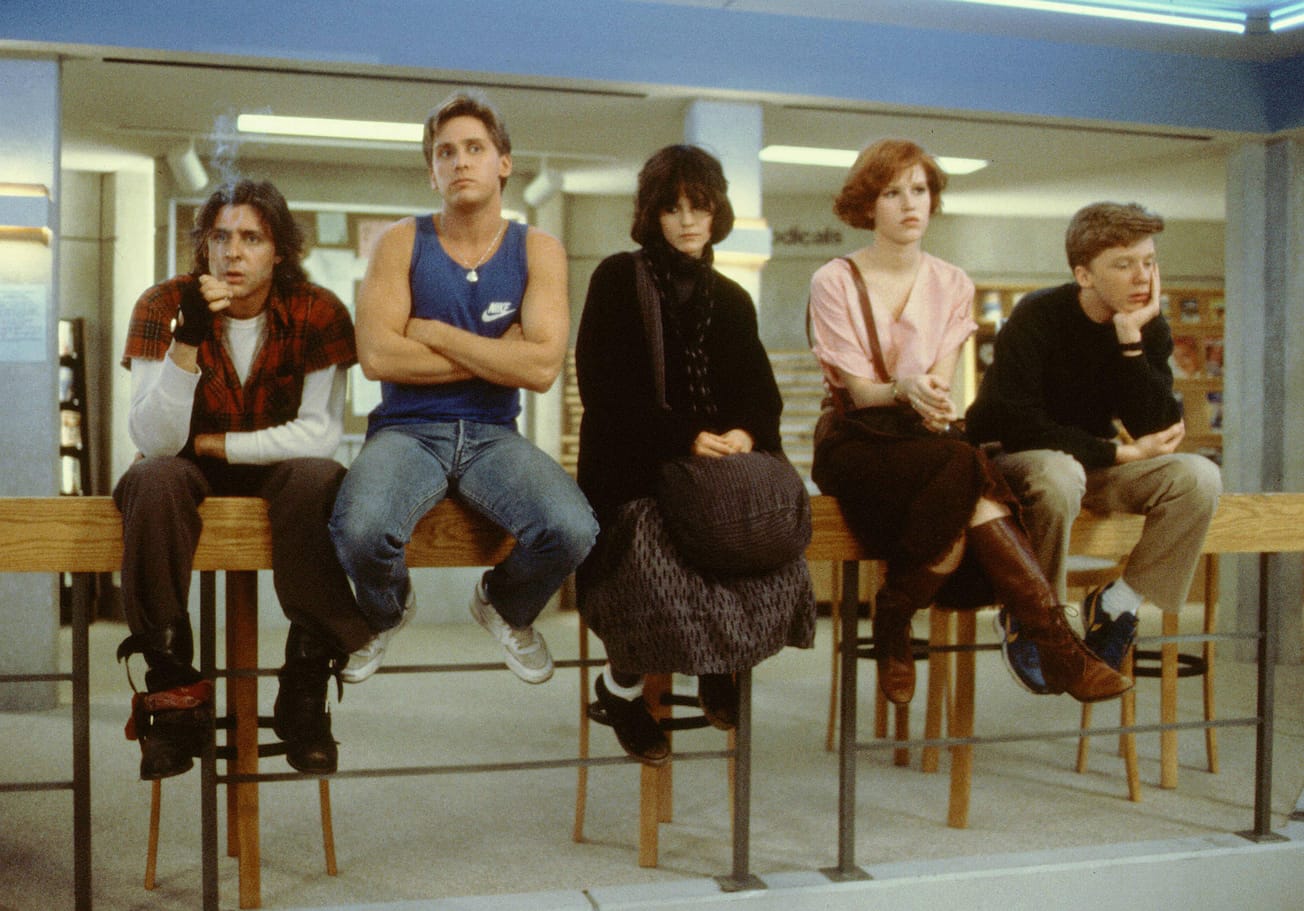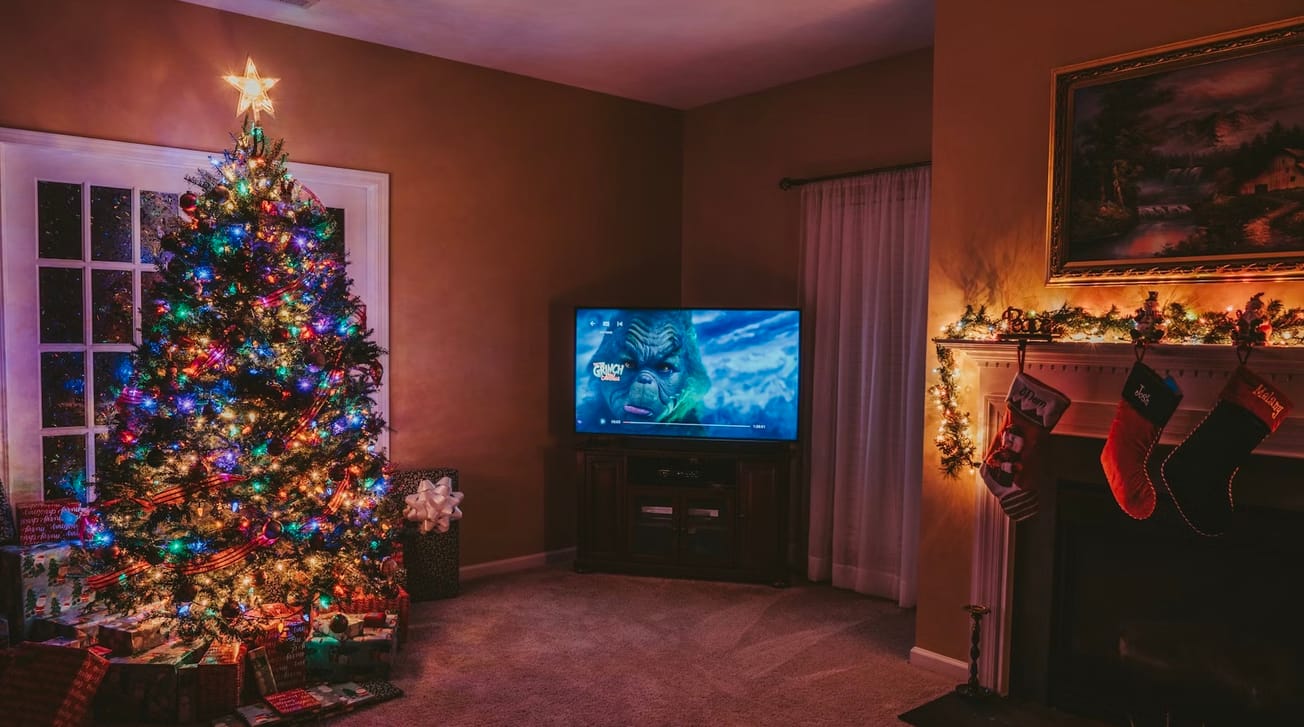By Cameron Scheijde, co-Editor-in-Chief
8am, Sunday morning. The head porter has lost the large keys to pry open the Wills Memorial's large, gothic doors. In the two minutes delay, a large crowd eagerly gathered to snatch up the prized exam-season study seat.
Between the years of 2016/17 and 2017/18, the Uni gained over 1,000 students, and the increase this year is expected to be roughly the same. Bristol is an extremely popular University, one of the most popular in the country, and the admissions staff are making best use of these stats to roll in the extra tuition fee income.
This comes at such a cost, that the unsustainable growth is showing strong and painful cracks in Bristol's entire ethos of recruiting more, more and more students. Student numbers are outgrowing the libraries and the lecture halls, and those unfortunate enough to have put Bristol as an insurance choice are thrown to far flung corners of Bristol into dilapidated accommodation.
Take Hillside Woodside, a residence that most Bristol students (and even senior management staff) do not know exists. Flung across the Suspension Bridge in North Somerset, it is the only Bristol University hall to not actually be located in Bristol. To get to campus is roughly the same distance as from Stoke Bishop, but no free bus is provided and, should the Bridge be closed for any reason, it is a long hike or expensive taxi to get around.
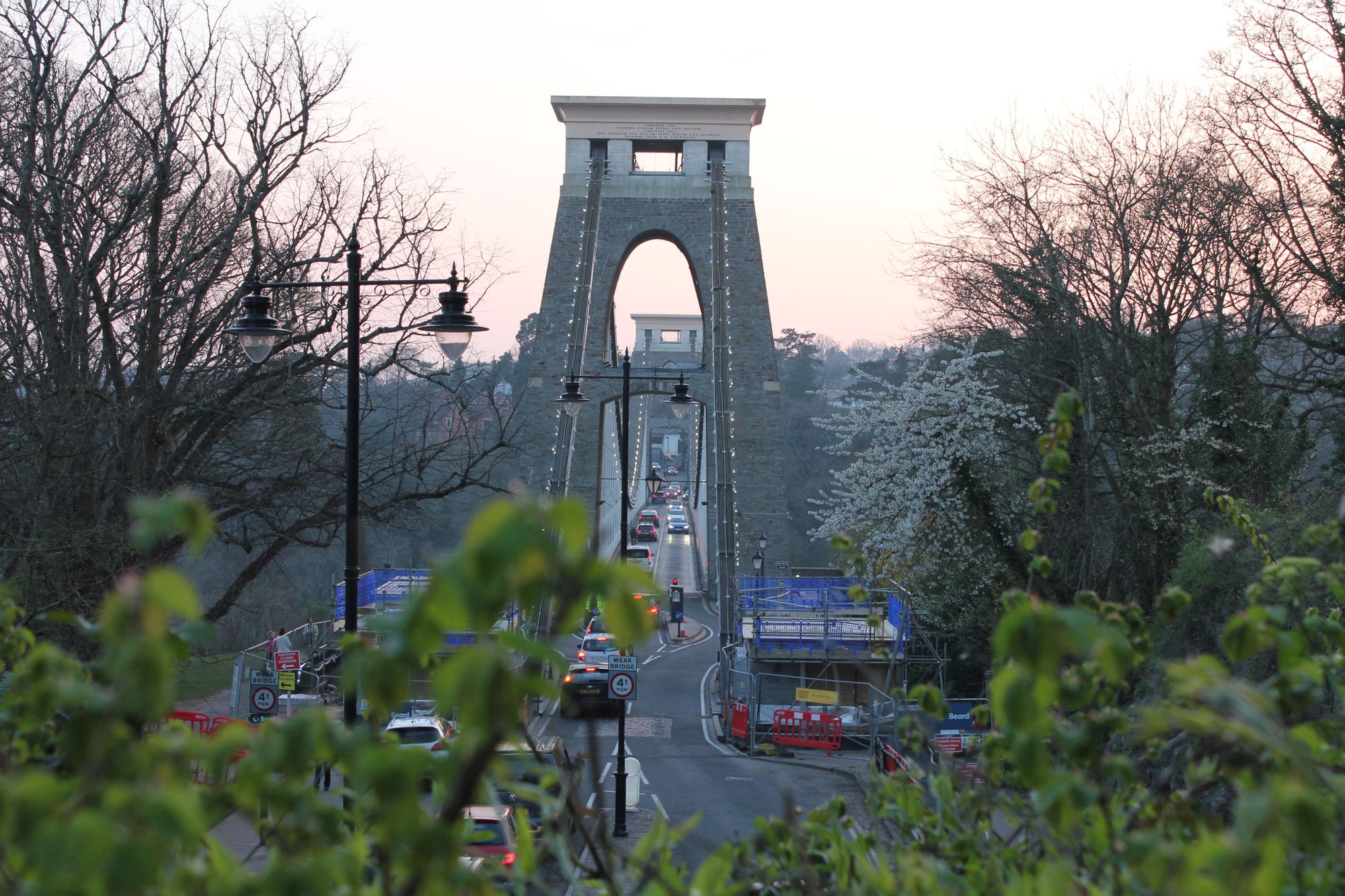
According to former residents, this hall was meant to have been closed after the 2015/16 academic year. However, burgeoning student numbers with nowhere to house them meant that those with insurance choices were slung into halls kept open for the sheer purpose of beds and rooms. One resident complained of black streaks pouring down their wall, and others of the general disrepair of the hall forgotten by the University.
While some students are lucky enough to be housed in (and be able to afford) the lavish, college-like surroundings of Goldney's sculpted gardens, Manor's great hall or Wills' quads, others have a far more difficult start to the Uni experience in their third choice accommodations.
Then there's the Ivy Gate Building, another reminder of the University's complete failure to accommodate for their aggressive recruiting. Plonked jarringly in the middle of the Physics lawn, the temporary lecture theatre shows how booked-up teaching spaces have become and how our Clifton Campus is now truly at full capacity.
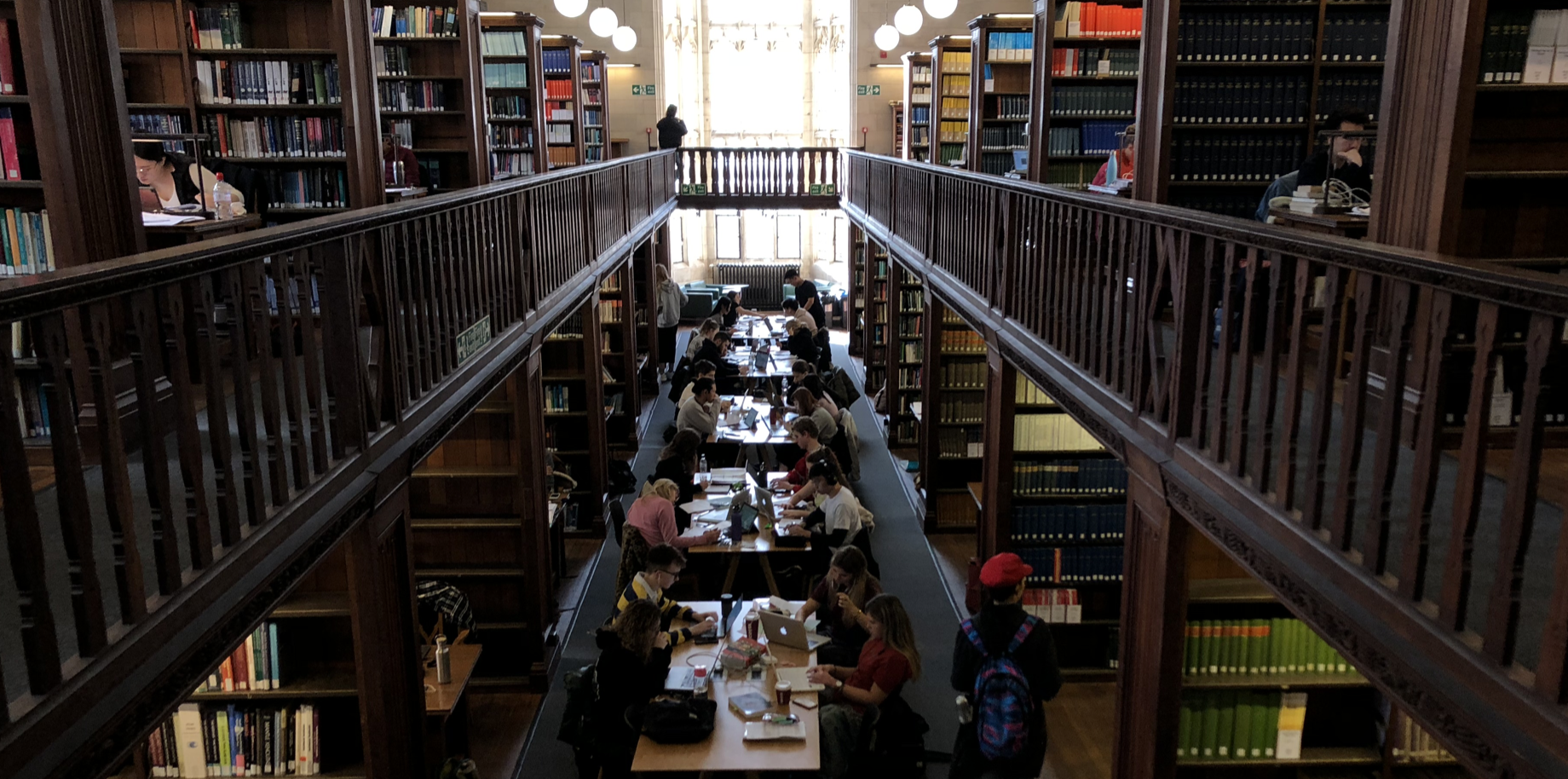
Even in the teaching spaces that are available, it seems class sizes have gone up. On my course, my seminars are conducted in groups of seven or eight, small enough to encourage good group discussion. Yet reports from other students speak of seminars of up to thirty people, where fading into anonymity is an easy task. This year, instead of courses being split into two or three separate seminars a week, we have been lumped in together, for the first time some seminars have topped twenty people on my course.
Finally there's the pertinent debate on study spaces, with the ASS having been stripped down to the bare minimum due to a farcical oversight on fire requirements, competition for library seats has started getting ridiculous, with the worst still to come this exam season. With most libraries opening at 8am, many of us have to drag ourselves out of bed far earlier than we would for 9am lectures to avoid the rush-and-grab for the last remaining seats.
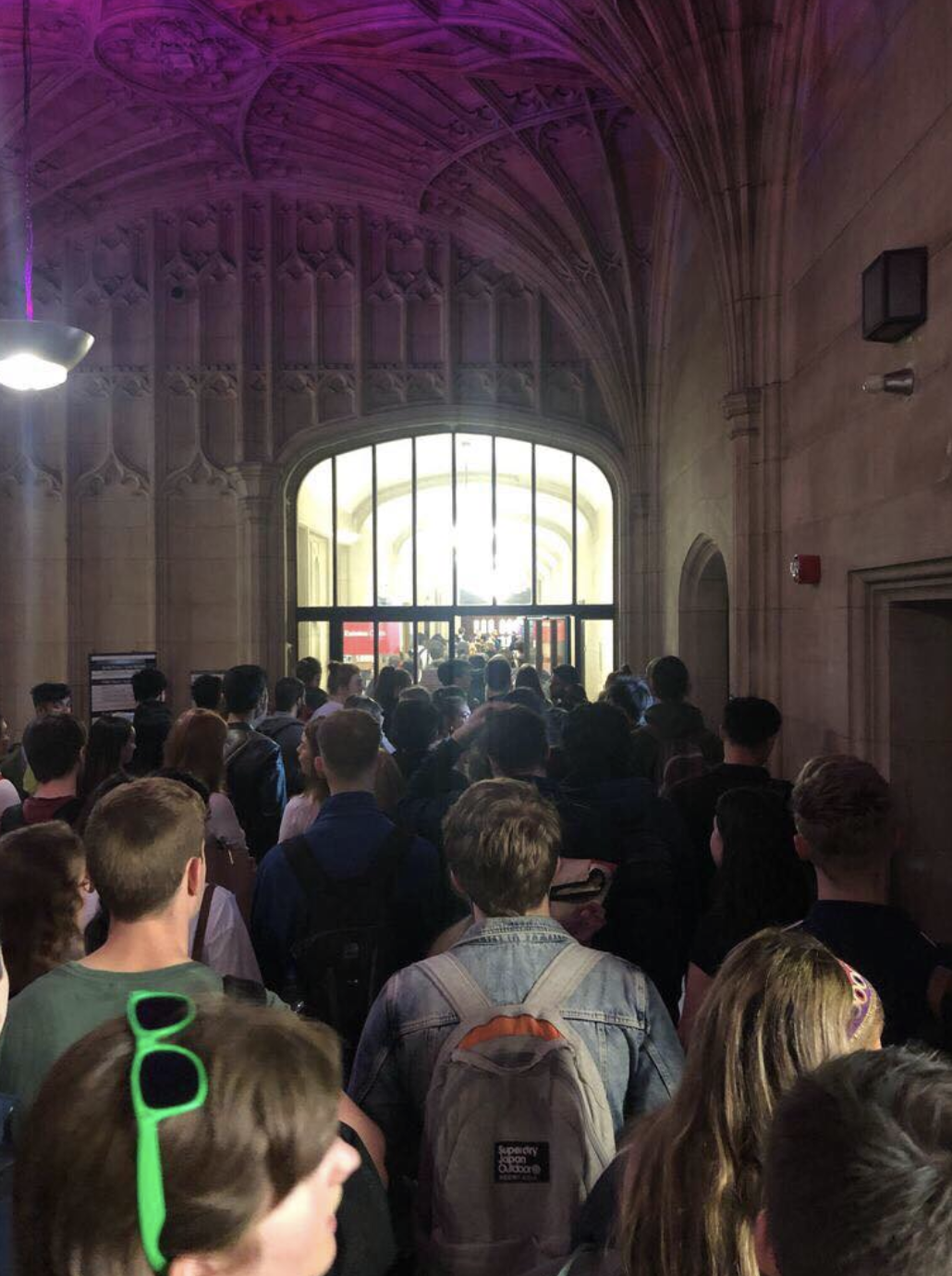
Expansion has seen the eyes of those at the top light up for the added revenue for Bristol's future projects, and it is undeniable that many of these projects will benefit - especially the desperately needed new library. But even if this library runs to schedule, it only opens in 2023. In the here and now, management need to take a long and hard look at the cost of endlessly growing the student body.
We've already seen the cracks open on student mental health. In a system working this close to the red line of capacity, it's hard not to see more crises yet to come.
Featured image: Epigram / Hannah Worthington







